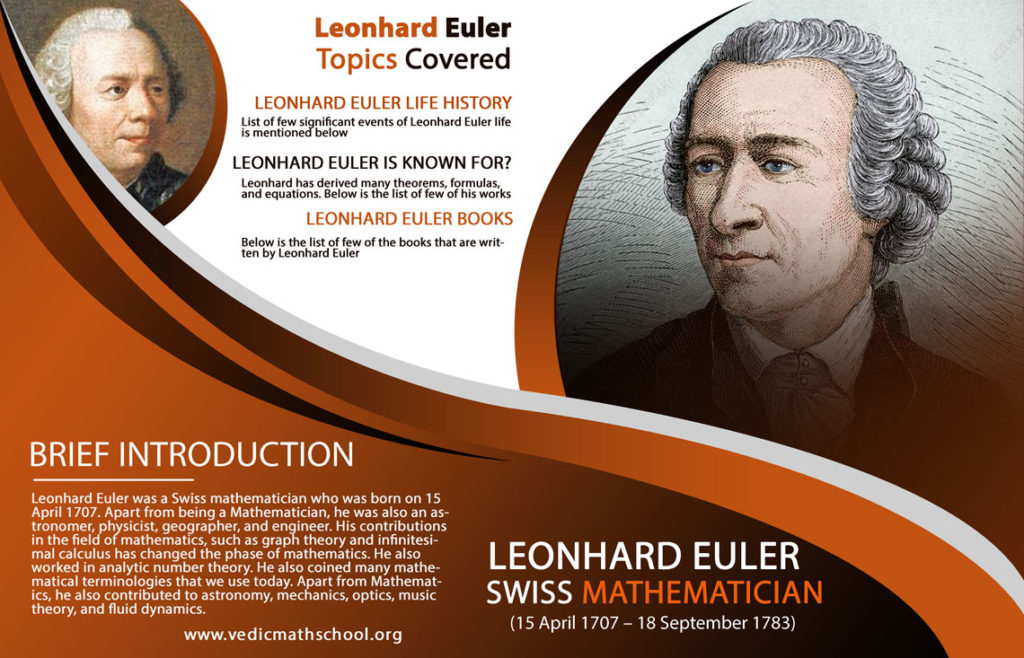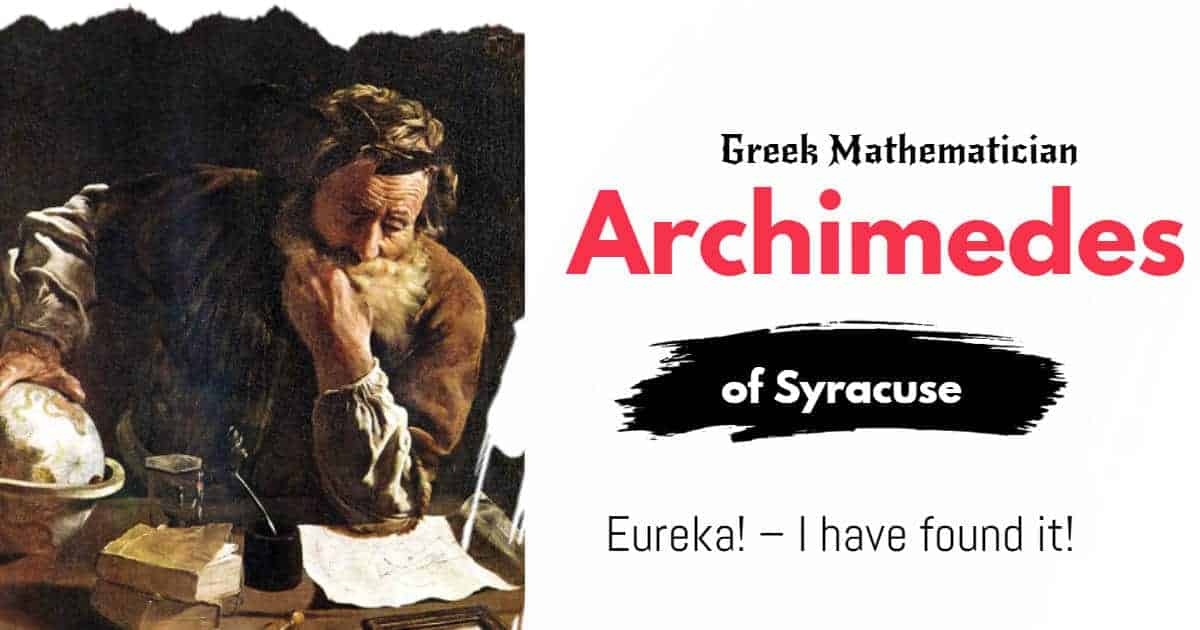Homi Jehangir Bhabha was known for designing India’s Nuclear Program, but other than this contribution in the sphere of atomic energy he also established the two most great institutions, (TIFR) The Tata Institute of Fundamental Research and (BARC) The Bhabha Atomic Research Centre this was named after Bhabha’s death before it was the Atomic Energy Establishment in Trombay.
Time and Place of birth
Homi Jehangir Bhabha was born in Bombay, India on October 30, 1909.
Homi Jehangir Bhabha Early life
Homi Jehangir Bhabha was born in a Parsi wealthy family. His father was a famous Parsi lawyer, Jehangir Hormusji Bhabha and his mother was Mehran.
In Bhabha’s childhood, he went to the Cathedral and John Connon School in Bombay for his early education, and for his higher education, he cleared the Senior Cambridge Examination and entered the Elphinstone College when he was 15.
In 1927 Bhabha went to the Royal Institute of Science and then he joined the Caius College of Cambridge University.
This was planned by his father and uncle as they wanted Bhabha to attend Cambridge and obtain his mechanical degree from there and after that as a metallurgist they wanted him to join Tata steel mines or the Tata Steel in Jamshedpur, but Bhabha rather studied physics.
Bhabha’s parents financed his studies and he cleared the Mechanical Sciences Tripos exam in 1930. To complete his studies in mathematics troops he studied under Paul Dirac, he started working at the Cavendish laboratory with that he also worked on a doctorate in physics.
Jehangir Bhabha Adulthood
In the year 1931-1932 Bhabha received the Salomons Studentship in engineering and also the Rouse Ball Travelling Studentship in mathematics in 1932. In between this time, Bhabha started building interest in nuclear physics and it was much more appealing than the theoretical subjects.
Bhabha had a passion for doing experiments that usually produced radiation and his contributions in researching and experiments praised other Indian physicists to get involved in the field of nuclear physics.
Bhabha received his degree of doctorate in nuclear physics in 1930 and he published “The Absorption of Cosmic Radiation” , his first scientific paper. In the year 1934, he received the Issac Newton Studentship because of his paper.
Education and Career
Homi Jehangir Bhabha started his education in Bombay’s Cathedral and John Connon School and went to Elphinstone College after clearing the Senior Cambridge Examination.
Bhabha also attended the Caius College of Cambridge University before this he was at the Royal Institute of Science. Bhabha received his mechanical degree from Cambridge University. And also excelled in the study of mathematical tripos.
While in Bhabha’s career he firstly worked at Cavendish laboratory and then he published his two papers in 1930 ‘The Absorption of Cosmic Radiation’ which explained the production in cosmic rays from electron shower and in 1935 ‘Proceedings of the Royal Society Series’ which explained about the calculation which regulated the cross-section of electron-position. It was named Bhabha scattering later on.
Read More :
- Srinivasa Ramanujan FRS was an Indian mathematician who lived during the British Rule in India
- Jagadguru Shankaracharya Sri Bharati Krishna Tirthaji Maharaja
- Mahavira, also known as Vardhamana was the 24th Tirthankara of Jainism
Return to India
In 1939 when Bhabha returned to India from England and served at the Indian Institute of Science as a reader in the Physics department and was en route by Physicist C.V. Raman.
And then Bhabha started working on the cosmic rays when he got permission for special research by Sir Tata Trust. And also played an important role in the building of the Tata Institute of Fundamental Research with the help of J. R. D. Tata.
Homi j. Bhabha Contribution in Science
The Atomic Energy in India
There was no such institute in India that had the facility of cosmic rays, or nuclear physics, high energy physics, or any front-liners with knowledge in physics.
Bhabha sent a proposal to Sir Tata Trust to establish one and Sir Tata decided to support Bhabha financially and in 1945 the institute Tata Institute of Fundamental Research was built and the location chosen was Bombay.
But when Bhabha started to realize that the TIFR was unable to carry out the atomic energy he then asked the government to build a new building with bigger space and hence (AEET) Atomic Energy Establishment Trombay was built in 1954. Bhabha at the International Atomic Energy represented India.
Must Read These Also.
- Jagadguru Shankaracharya Swami Shri Nischalananda Saraswati Vedic Mathematician and Sanskrit
- Jagdish Chandra Bose Founder of Plant Research and Radio Science
- Varahamihirawas an ancient Indian astrologer, astronomer, and polymath who lived in Ujjain.
Nuclear Power Program
In this program, Bhabha formulated a strategy on how to extract power or energy from the wide thorium reserves within the country instead of using the merged uranium reserves. This strategy of thorium was established in all other countries. And this became India’s third stage nuclear program after Bhabha approached this strategy.
Interesting facts
- Bhabha received a degree in Ph.D. In the year 1933 in nuclear physics.
- At the Tata Institute of Fundamental Research, he was serving as a director there in 1945.
- Bhabha was also offered a position at the cabinet but he rejected the offer.
- Bhabha had received several awards not only in India but also abroad.
- It’s the rumors and the theories that Bhabha’s death was an assassination.

Death
Homi Jehangir Bhabha died at the age of 56 on 24 January 1966 as he was killed when Air India Flight 101 crashed near Mont Blanc.
The accident happened because of a misunderstanding between the pilot and the airport control team near the mountain this was the news that came but there were rumors about Bhabha’s assassination.
Read More :
- Brahmagupta was an Indian mathematician and astronomer
- Aryabhata or Aryabhata I was the first of the major mathematician-astronomers from the classical age of Indian mathematics and Indian astronomy
- Bhaskara 1: 7th Century Famous Indian Mathematician
Homi J. Bhabha Books and Papers published
- In the year 1909, the Special Report on Manual Training in Schools of General Education
- In the year 1930, the paper The Absorption of Cosmic Radiation
- In the year 1935, the paper Proceedings of the Royal Society Series
Awards and Achievements
- Adams Prize, in 1942
- Padma Bhushan, in 1954
- Fellow of the Royal Society
- Third-highest civilian award in India, in 1954
Quotes
My success would not depend on what A or B thinks about me. My success what I’ll make of my work
A scientific institution whether it’s a laboratory or an academy has to be grown with care like a tree. Its growth in the terms of quality and achievement can only be reached to a limited extent.
For each man can do his best and excel in only that thing of which he is passionate about, in which he believes, as I do, that he is born and destined to do it.
Must Read These Also.
- Albert Einstein (1879-1955)- Biography German Greatest Physicist,
- Wallis English mathematician and scientist Newton
- Iriññāttappiḷḷi Mādhavan Nampūtiri known as Mādhava of Sangamagrāma was a Hindu mathematician and astronomer
FAQ
1. Was Homi J. Bhabha married?
Homi J. Bhabha was married to Meherbai, she was the daughter of Bhikaji Framji Pandey.
2. What are the inventions of Homi Jehangir Bhabha?
Homi Jehangir Bhabha discovered the nuclear power program for which he is known for in this process the cosmic rays and the particles of thorium reserves should not be used and instead the merge uranium reserves to be used.
3. When was Homi Jehangir Bhabha born?
Homi Jehangir Bhabha was born on October 30, 1909.
4. How did Homi J. Bhabha die?
Homi J. Bhabha died due to the plane crash near Mont Blanc on 24 January 1966.
Conclusion:
the father of Indian nuclear power is what Homi Jehangir Bhabha is known for he contributed so much to Science for India but died at an early age but now also his contributions are used and India is known by it. And after his death, the (AEEC) was named The Bhabha Atomic Research Centre (BARC) in his honor.




